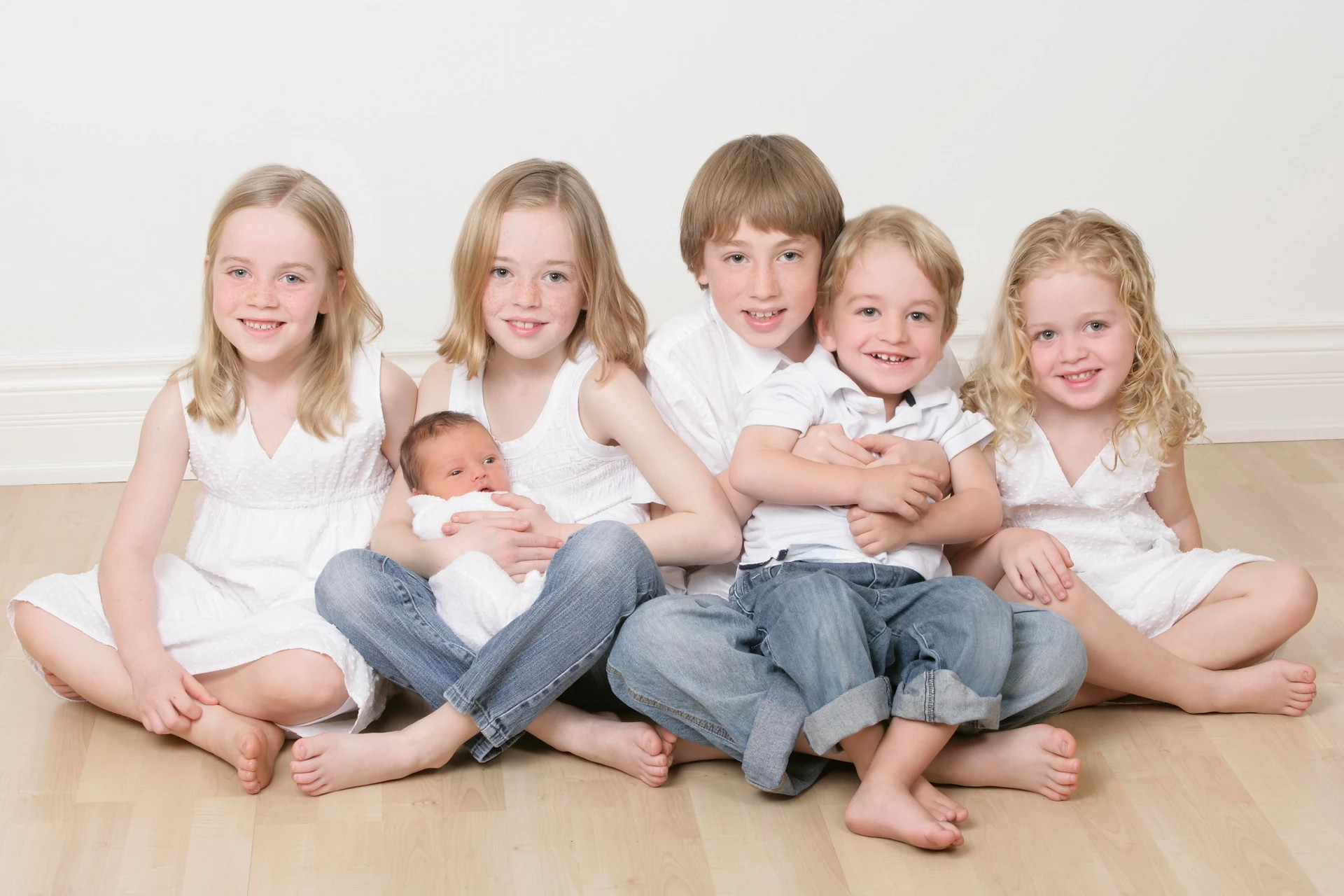Navigating the modern dynamics of family relationships

In today's fast-paced world, sibling relationships continue to evolve, influenced by shifting family structures and societal norms. This blog post seeks to explore the contemporary landscape of sibling dynamics within families, shedding light on the nuanced interactions and psychological underpinnings that shape these connections.
In an era marked by diversity and individuality, sibling relationships reflect the kaleidoscope of human experiences. Rather than adhering to traditional roles dictated by birth order or gender, modern siblings often forge unique bonds based on shared interests, values, and life experiences (Conger & Little, 2010). This shift challenges conventional notions of sibling rivalry and hierarchy, emphasizing the importance of mutual respect and collaboration.
The modern family is characterized by diversity in its many forms – blended families, single-parent households, and LGBTQ+ parents, to name a few. Within this mosaic, sibling relationships take on new dimensions, transcending biological ties to encompass chosen family and non-traditional kinship bonds (Volling et al., 2003). These diverse dynamics offer opportunities for growth, understanding, and acceptance, as siblings navigate the complexities of identity and belonging together.
Effective communication lies at the heart of healthy sibling relationships in the modern era. Open dialogue allows siblings to express their thoughts, feelings, and aspirations, fostering empathy and connection (Milevsky, 2005). Moreover, collaborative problem-solving enables siblings to navigate challenges and conflicts constructively, strengthening their bond and resilience in the face of adversity.
Embracing the modern landscape of sibling relationships requires intentional effort and mindfulness from all family members. Parents play a crucial role in fostering an environment of inclusivity and respect, encouraging siblings to celebrate each other's differences and support one another's growth (Feinberg et al., 2012). Simple gestures, such as family rituals or shared hobbies, can create opportunities for siblings to connect authentically and deepen their bond.
As family structures and societal norms continue to evolve, so too do sibling relationships. By embracing diversity, fostering open communication, and prioritizing collaboration, families can navigate the modern dynamics of sibling bonds with grace and resilience, laying the foundation for enduring connections that withstand the test of time.
References:
Conger, K. J., & Little, W. M. (2010). Sibling relationships in emerging adulthood and in adolescence. Child Development Perspectives, 4(2), 87-92.
Feinberg, M. E., Solmeyer, A. R., & McHale, S. M. (2012). The third rail of family systems: Sibling relationships, mental and behavioral health, and preventive intervention in childhood and adolescence. Clinical Child and Family Psychology Review, 15(1), 43-57.
Milevsky, A. (2005). Compensatory patterns of sibling support in emerging adulthood: Variations in loneliness, self-esteem, depression, and life satisfaction. Journal of Social and Personal Relationships, 22(6), 743-755.
Volling, B. L., Kennedy, D. E., & Jackey, L. M. H. (2003). The development of sibling jealousy in the context of family relationships. Journal of Family Psychology, 17(2), 182-192.
